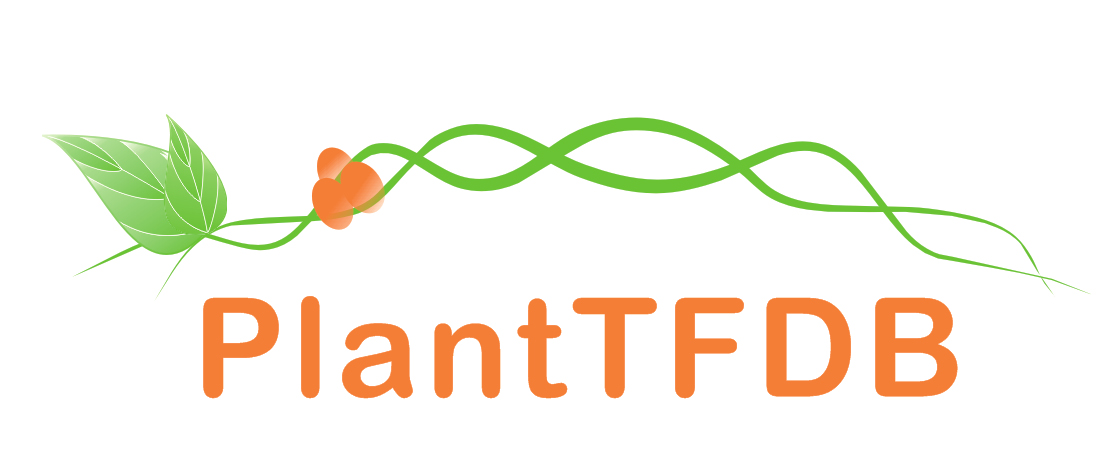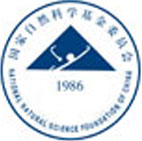 |
PlantRegMap/PlantTFDB v5.0
Plant Transcription
Factor Database
|
| Home TFext BLAST Prediction Download Help About Links PlantRegMap |
| Species | TF ID | Description |
|---|---|---|
Setaria italica (37) | Seita.1G034200.1.p | GATA family protein |
| Seita.1G103400.1.p | GATA family protein | |
| Seita.1G252900.1.p | GATA family protein | |
| Seita.1G358400.1.p | GATA family protein | |
| Seita.1G358400.2.p | GATA family protein | |
| Seita.2G158000.1.p | GATA family protein | |
| Seita.2G158000.2.p | GATA family protein | |
| Seita.3G134600.1.p | GATA family protein | |
| Seita.3G142700.1.p | GATA family protein | |
| Seita.3G175200.1.p | GATA family protein | |
| Seita.3G397100.1.p | GATA family protein | |
| Seita.4G234800.1.p | GATA family protein | |
| Seita.4G243700.1.p | GATA family protein | |
| Seita.4G243700.2.p | GATA family protein | |
| Seita.5G160900.1.p | GATA family protein | |
| Seita.5G254000.1.p | GATA family protein | |
| Seita.5G315100.1.p | GATA family protein | |
| Seita.5G470400.1.p | GATA family protein | |
| Seita.7G149200.1.p | GATA family protein | |
| Seita.7G149200.2.p | GATA family protein | |
| Seita.7G149400.1.p | GATA family protein | |
| Seita.7G183600.1.p | GATA family protein | |
| Seita.7G267900.1.p | GATA family protein | |
| Seita.7G267900.2.p | GATA family protein | |
| Seita.7G289500.1.p | GATA family protein | |
| Seita.7G289600.1.p | GATA family protein | |
| Seita.7G289600.2.p | GATA family protein | |
| Seita.8G062300.1.p | GATA family protein | |
| Seita.8G159000.1.p | GATA family protein | |
| Seita.9G025200.1.p | GATA family protein | |
| Seita.9G103000.1.p | GATA family protein | |
| Seita.9G138400.1.p | GATA family protein | |
| Seita.9G232400.1.p | GATA family protein | |
| Seita.9G232500.1.p | GATA family protein | |
| Seita.9G325200.1.p | GATA family protein | |
| Seita.9G326000.1.p | GATA family protein | |
| Seita.9G542200.1.p | GATA family protein |
GATA factors were first identified as proteins that interact with conserved WGATAR (W = T or A; R = G or A) motifs involved in erythroid-specific gene expressionin vertebrates.
GATA factors are characterised by the presence of conserved, type-IV zinc-finger motifs Animal factors typically contain two C-x2-Cx17-C-x2-C zinc-finger domains. The majority of known fungal GATA factors contain a single C-x2-C-x17-C-x2-C finger with greatest similarity to the carboxyl (C) terminal finger of animal GATA factors.Several examples of fungal GATA factors containing a variant C-x2-C-x18-C-x2-C DNA-binding domain are also known.
Examples of both C-x2-C-x17-Cx2-C (Type IVa) and C-x2-C-x18-C-x2-C (Type IVb) GATA factors are found within fungi; animals onlycontain the former configuration, and plants only the latter. Plant GATA factors typically contain a single zinc finger. The Arabidopsis type-IV zinc-finger proteins may represent the previously defined family of nuclear GATA-binding proteins implicated in light-responsive transcription.
Teakle GR, Manfield IW, Graham JF, Gilmartin PM.
Arabidopsis thaliana GATA factors: organisation, expression and DNA-binding characteristics.
Plant Mol Biol. 2002 Sep;50(1):43-57.
PMID: 12139008



